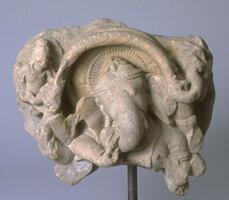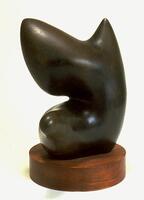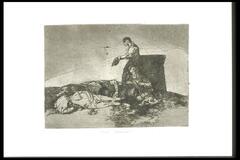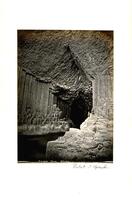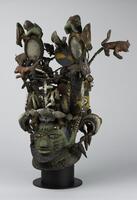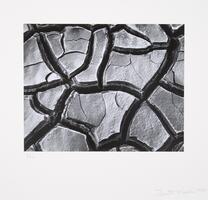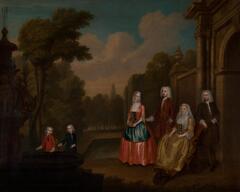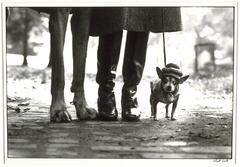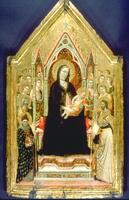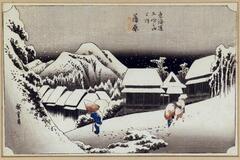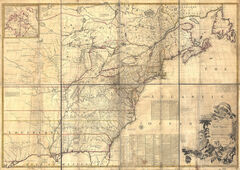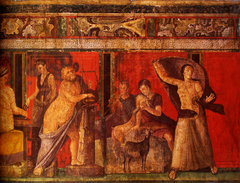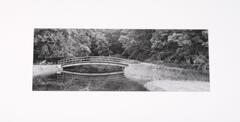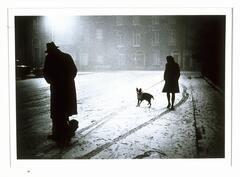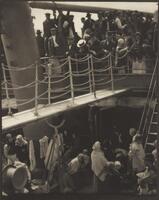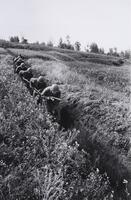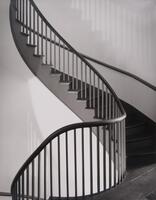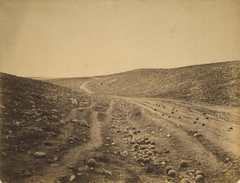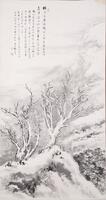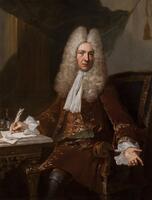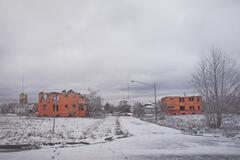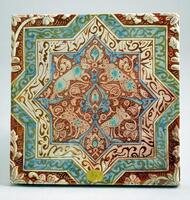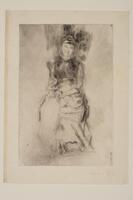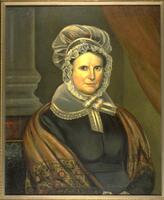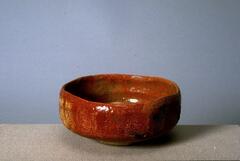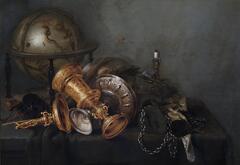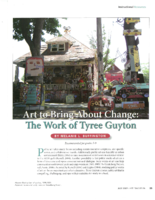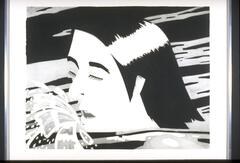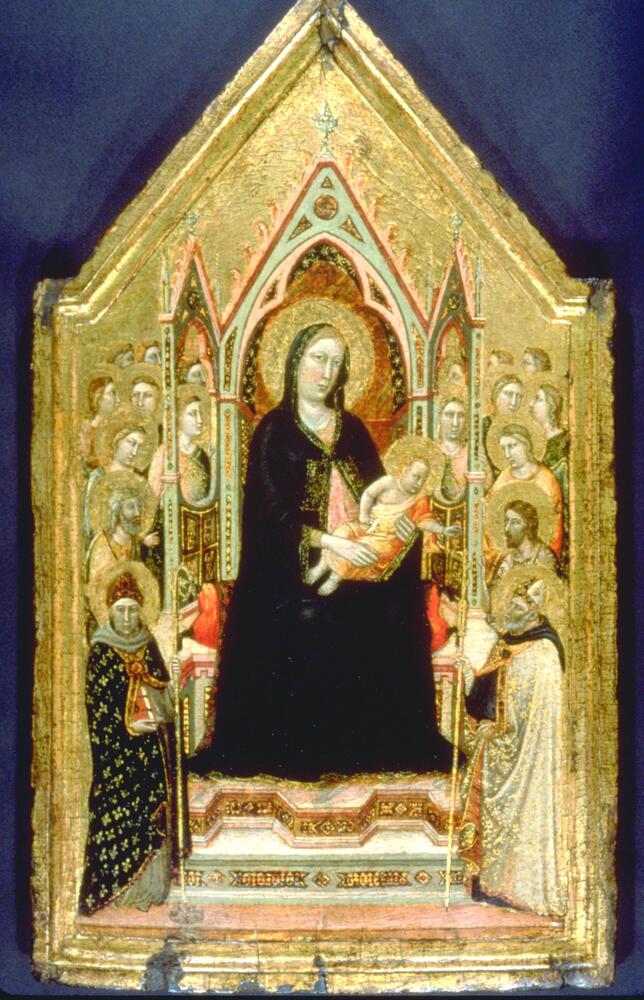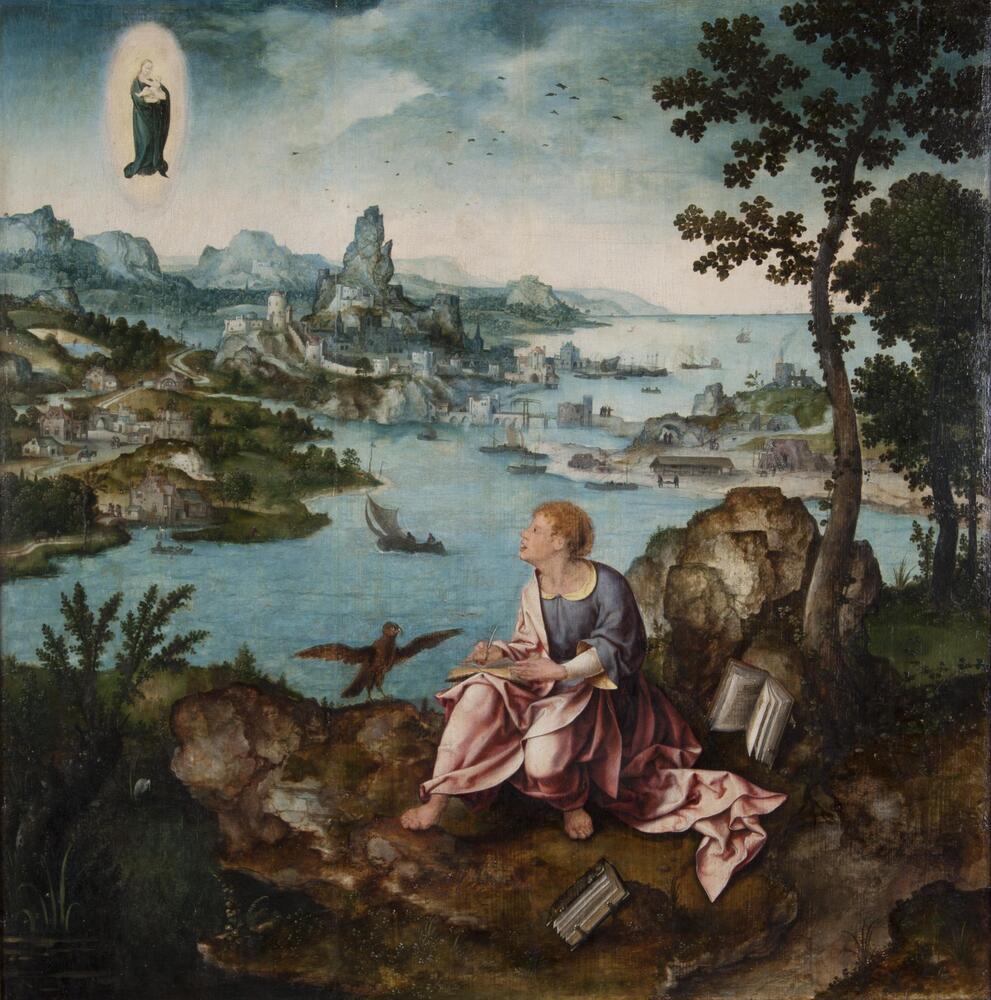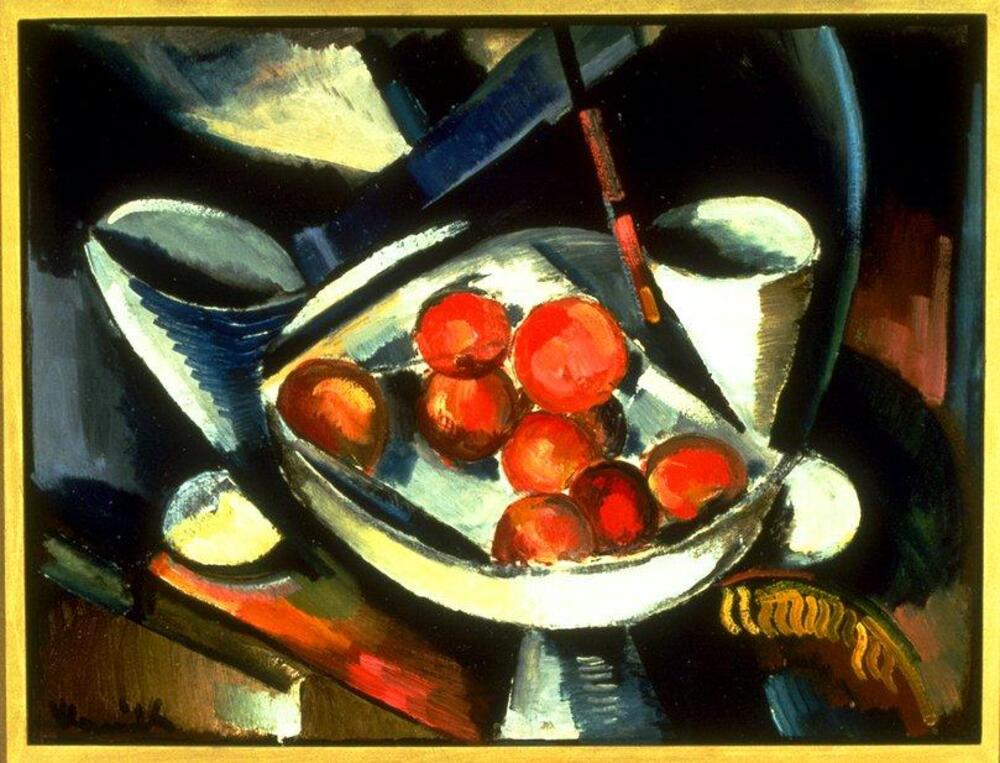Lesson Plan: Multipoint Perspective: Using Art to Teach Writing
“Creative Literacies: Expanding our View,” UMMA Workshop for Educators, March 14, 2015 Lesson based on poet Scott Beal’s presentation, “Multipoint Perspective: Using Art to Teach Writing,” and Gallery writing exercises developed by UMMA Docent Sherri Masson
Objectives
Students will use different traditions of art to understand 1) the limitations of a single point-of-view, and 2) how cultural assumptions shape our perception and constructions of art and experience. Students will ask probing questions when they approach verbal and visual texts.
National Core Standards
- Write narratives to develop real or imagined experiences or events using effective technique, well-chosen details, and well-structured event sequences
- Interpret intent and meaning in artistic work
Grades
6-12
Time Required
- One class period for discussion
- One for first drafts
Materials
- Paper and pencils
- Reproductions of works of art including Impressionist and Chinese landscapes, cubist still lifes, Indian/Mughal miniatures, Renaissance cityscapes and other works with different points of view.
Lesson
- As preparation for discussion with older students, you may want to read the first chapter of John Berger’s Ways of Seeing. (See http://booksite.elsevier.com/samplechapters/9780240516523/9780240516523.PDF)
“Every image embodies a way of seeing . . . Yet, our perception or appreciation of an image depends also upon our own way of seeing.” John Berger Ways of Seeing, Penguin, 1990, p. 10.
- Introduce images by calling attention to content, point of view, and hierarchy of scale. Review these terms and point out that they indicate what was important to the artist or her culture. Looking at and ‘reading’ art can help students understand different perspectives. In the European Renaissance tradition, we are familiar with one-point perspective, akin to looking through a window or a single eye. Before the Renaissance, however, images such as Byzantine icons and Romanesque sculpture were flattened out on the picture plane—they were schematized and included delicious details and surface textures. Chinese and Japanese landscape paintings often include two or three points of view. The development of Cubism, about the time of the publication of Einstein’s special paper on relativity, introduced multiple views of one object at the same time. In some paintings we can see the artist’s ideas unfolding, looking through the top layer of paint to earlier drafts, earlier points of view.
- Look at “St. John on Patmos.” Ask students where they—the viewers—are in relation to the scene. Ask if they are looking up to, at, or down on, St. John, the large figure in the foreground. Once they discover that they are looking down on St. John and the landscape below, discuss this “bird’s eye” point of view and how it allows us to see the entire port spread out before us. Look for details of the lives led in this landscape, for tiny people going about their day. Although the title of the painting indicates that St. John is on the Greek island of Patmos, the scene before us is reminiscent of Flanders, home of the artist. He shows off his affection for his home and his skill as a painter via detail and depth.
- Look at the landscape by Chang Ku-nien. Ask students if they can find an area or areas in the painting in which they look down on as in the St. John. Where is it or where are they? Ask if there are places that are not bird’s eye view. Where? How would you describe that view. Find the two red gazebos. What would your viewpoint be from each? Discuss that Chinese painters used multiple viewpoints: from above looking down, from level looking straight on, and from below looking up. How do these multiple viewpoints change your relationship with the work of art? You need to move around, literally or figuratively, to take in the details and you occupy several levels within the landscape as you do.
- Look at the Casentino. Ask who is the most important person in this painting? How do you know? The Madonna is the largest figure in the most prominent place and in a seat of honor, a throne. Who else is important in this scene? How can you tell? What position and details indicate authority? The two men in the front are fully visible to the viewer (others are only partially visible because of overlapping) and they wear rich clothing, carry sceptres or staffs, and wear crowns or hats of churchly power. In some art, hierarchy of scale indicates hierarchy of importance.
- Look at the Ben Nicholson or Maurice de Vlaminck. Both are still lifes. Select a detail in the painting. Ask students where they are in relation to it. Select another detail and ask the same question again. How many viewpoints can they identify? At the beginning of the 20th century, Einstein’s theories changed the way we understand time and space and this is reflected in Cubism in which viewers can see objects from many points of view.
Writing Response
Ask students to select a work of art from the reproductions you have made available.
-
Option One: Ask them to write a short paper as if they were in the work of art using a prompt such as “Today I mysteriously found myself…” They should identify who they are, explain exactly where they are in the scene, what they see and why they see it from their particular point of view. Remind them to provide vivid and detailed description. Finally, discuss what it is like to experience this new environment and point of view.
- Option Two: Imagine they are the artist of their work of art. Look at all the details of the painting and select four. Explain why, as the artist, they added those details perhaps using a prompt such as “these four details make my painting work because…” What is the importance to the painting of those details and how did the artist draw our attention to them?
Part of 1 Learning Collection
Lesson Plan: Translating a Familiar Landscape
“Tradition Transformed: Chang Ku-nien Master Painte...
“Tradition Transformed: Chang Ku-nien Master Painte...
Lesson Plan: Collaborative Scroll of Images and Poetry
“Creative Literacies: Expanding our View,” UMMA Wor...
“Creative Literacies: Expanding our View,” UMMA Wor...
Lesson Plan: Compare and Contrast Drawing and Sculpture
UMMA Exhibition, “The Graphic Dimension: Prints and...
UMMA Exhibition, “The Graphic Dimension: Prints and...
Lesson Plan: Content and Style – Corresponding or Contradicting?
“Creative Literacies: Expanding our View,” UMMA Wor...
“Creative Literacies: Expanding our View,” UMMA Wor...
Lesson Plan: Setting the Scene – Descriptive Writing with Photography
“Teaching with Photography,” UMMA Workshop for Educ...
“Teaching with Photography,” UMMA Workshop for Educ...
Lesson Plan: Not a Failure . . . Just a Draft
“Creative Literacies: Expanding our View,” UMMA Wor...
“Creative Literacies: Expanding our View,” UMMA Wor...
Lesson Plan: Calligraphy and Radial Design in Islamic Art
Lesson adapted from Educator Resources, Victoria & ...
Lesson adapted from Educator Resources, Victoria & ...
Lesson Plan: Memory Maps, Using the Mitchell Map (1755)
“Benjamin West: General Wolfe and the Art of Empire...
“Benjamin West: General Wolfe and the Art of Empire...
Lesson Plan: Multipoint Perspective: Using Art to Teach Writing
“Creative Literacies: Expanding our View,” UMMA Wor...
“Creative Literacies: Expanding our View,” UMMA Wor...
Lesson Plan: The New Sublime and Photographic Landscape
“Teaching with Photography” UMMA Teacher Workshop,...
“Teaching with Photography” UMMA Teacher Workshop,...
Lesson Plan: Panorama Handscroll Using Multiple Literacies
Lesson inspired by Elaine Wilson’s “Charting the Wo...
Lesson inspired by Elaine Wilson’s “Charting the Wo...
Lesson Plan: Playing with Scale in Landscape or Still Life
“Tradition Transformed: Chang Ku-nien Master Painte...
“Tradition Transformed: Chang Ku-nien Master Painte...
Lesson Plan: Exploring the Emotional Impact of Portraiture Through Free Writing
UMMA Teacher Workshop, “Xu Weixin: Monumental Portr...
UMMA Teacher Workshop, “Xu Weixin: Monumental Portr...
Lesson Plan: Positive and Negative Space in Photography
“Teaching with Photography,” UMMA Workshop for Educ...
“Teaching with Photography,” UMMA Workshop for Educ...
Lesson Plan: Setting Up a Collaborative Short Story
“Teaching with Landscape Photography,” UMMA Teacher...
“Teaching with Landscape Photography,” UMMA Teacher...
Lesson Plans: Ideas for Writing with Portraits
UMMA Teacher Workshop, “Xu Weixin: Monumental Portr...
UMMA Teacher Workshop, “Xu Weixin: Monumental Portr...
Lesson Plan: Zoom In: The Significance of Detail
“Creative Literacies: Expanding our View,” UMMA Wor...
“Creative Literacies: Expanding our View,” UMMA Wor...
1 Link
Rate this Resource
AVG: 0 | Ratings: 0
& Author Notes
Creative Commons by-nc-saLast Updated
March 6, 2017 1:19 a.m.Report
Reporting Policy

